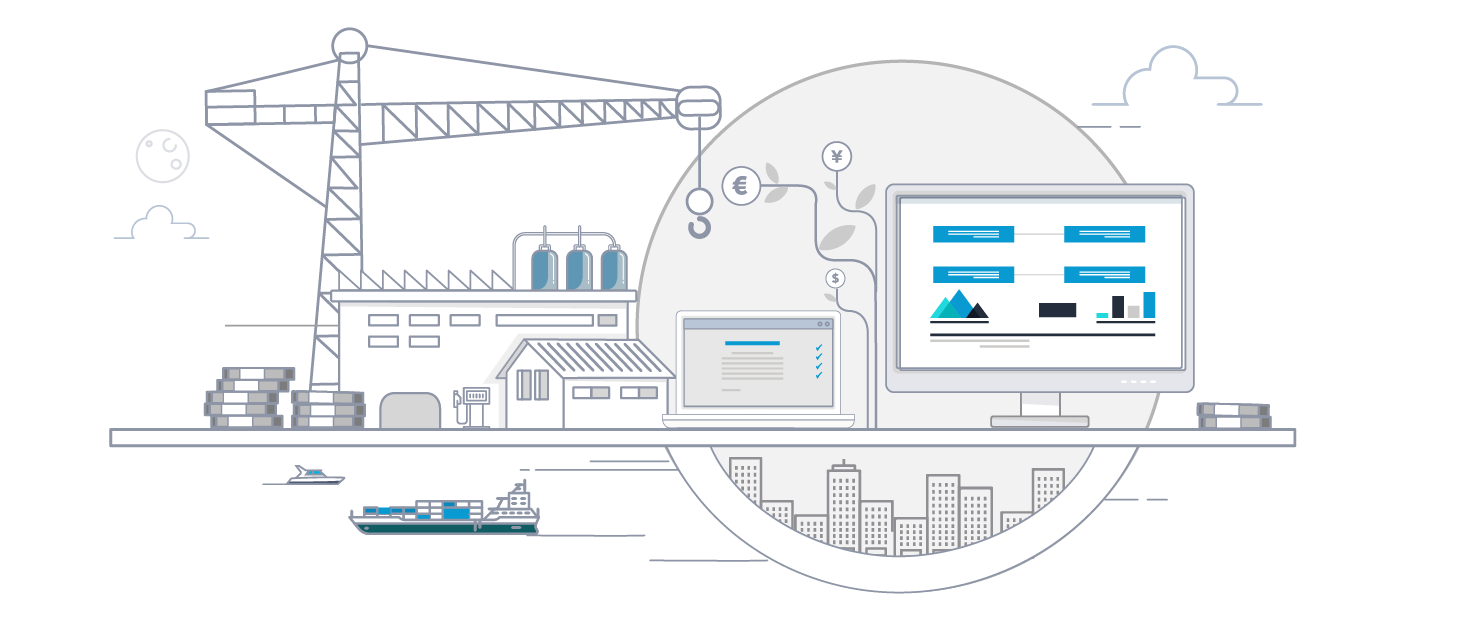German VAT return filing change
- Dec 22, 2016

Germany is proposing a range of measures (Bürokratieentlastungsgesetz II) to simplify the VAT compliance burden on small companies. These include:
- The annual VAT return will be due on 31 July of the year following the reporting year. The current requirement is 31 May. The penalty for missing this deadline will be 0.25% of the taxable amount.
- The threshold for issuing simplified VAT invoices is to be increased from €150 to €200
- Goods delivered notes will only have to be retained by the customer until a full VAT invoice is received
Latest news
Sales tax rates, rules, and regulations change frequently. Although we hope you'll find this information helpful, this blog is for informational purposes only and does not provide legal or tax advice.